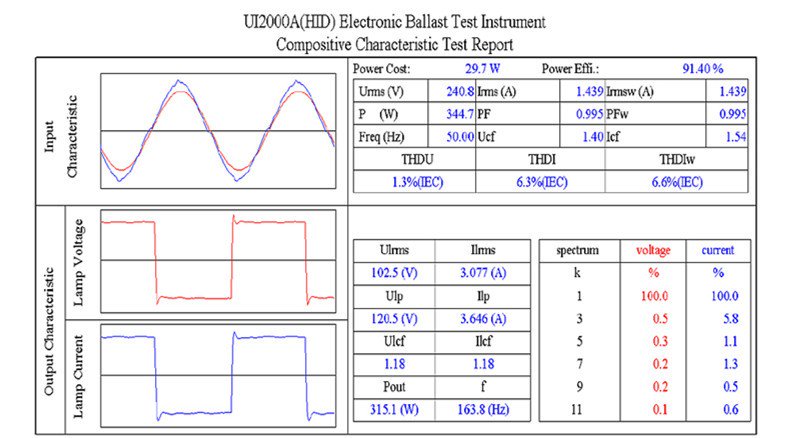Keep in mind that even if the dim signal is 0-10V dc doesn't necessarily mean the output is not PWM dimmed.....
Only Kessil knows for sure..and they aren't exactly forthcoming...
The Kessil A360WEs are analog 0-10vdc; I had to change the jumper in the Reef Angel's relay box to accommodate this.




















